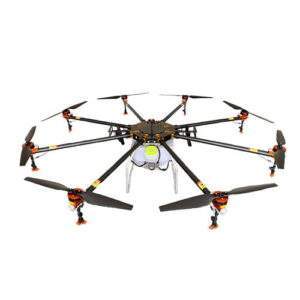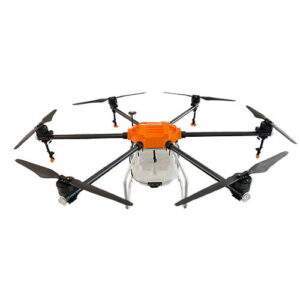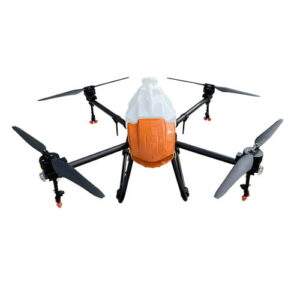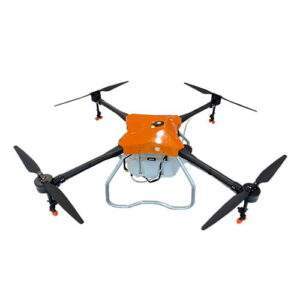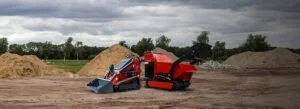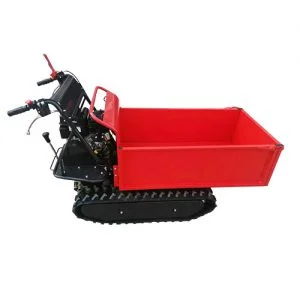Complete Guide to Agriculture Drones: Benefits and Applications
Introduction
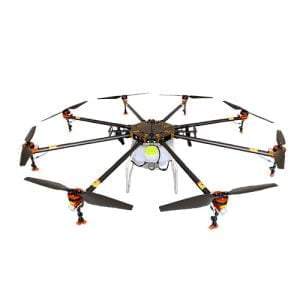
In today’s rapidly evolving agricultural landscape, the integration of agriculture drones, also known as UAVs (Unmanned Aerial Vehicles), has revolutionized farming practices. These sophisticated aerial tools are equipped with advanced sensors and imaging capabilities, empowering farmers with precise data collection for enhanced decision-making and operational efficiency.
Understanding Agriculture Drones
What are Agriculture Drones?
Agriculture drones are unmanned aerial vehicles specifically designed for agricultural purposes. They are equipped with various sensors such as multispectral, thermal, and RGB cameras, enabling them to capture detailed images and data of crops, soil, and livestock. This data is crucial for farmers to monitor crop health, assess field conditions, and optimize farming operations.
Benefits of Agriculture Drones
Precision Farming
Agriculture drones enable precise monitoring and management of crops, leading to optimized resource utilization and increased yields. By gathering data on crop health and growth patterns, drones help farmers make informed decisions about irrigation, fertilization, and pest control.
Crop Health Assessment
Drones provide real-time data on crop health, detecting diseases, pests, and nutrient deficiencies early. This early detection allows farmers to take timely actions, such as targeted spraying or irrigation adjustments, minimizing crop damage and enhancing overall productivity.
Operational Efficiency
Automating tasks like crop scouting, field mapping, and spraying improves operational efficiency and reduces labor costs. Drones can cover large areas quickly and efficiently, performing tasks that would otherwise be time-consuming and labor-intensive.
Environmental Sustainability
By facilitating targeted application of inputs such as water, fertilizers, and pesticides, drones help minimize environmental impact and promote sustainable farming practices. This precision application reduces chemical usage, runoff, and overall environmental footprint.
Data-Driven Insights
Advanced sensors and analytics provide farmers with actionable insights for better decision-making and crop management strategies. Drones collect data that can be analyzed to optimize planting schedules, predict yields, and identify areas of improvement in farm operations.
Applications of Agriculture Drones
Crop Monitoring and Management
Agriculture drones capture high-resolution images and generate maps that assist in monitoring crop growth, identifying areas of stress, and optimizing irrigation practices. Farmers can use these maps to create prescription maps for variable rate application of inputs.
Precision Agriculture
Utilizing data analytics and GPS technology, drones enable precision application of inputs based on crop variability and soil conditions. This targeted approach improves nutrient management, reduces input costs, and enhances crop quality and yield.
Livestock Monitoring
Drones aid in livestock management by monitoring herd health, tracking animal movements, and assessing pasture conditions. Farmers can use drones to count livestock, check fencing, and identify potential hazards in grazing areas.
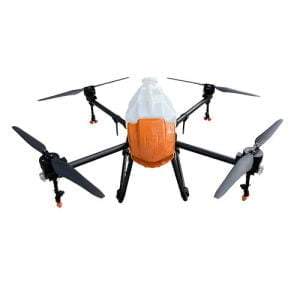
Environmental Monitoring
Drones can assess environmental factors such as soil erosion, water quality, and vegetation cover, aiding in conservation efforts and land management. This monitoring helps farmers comply with environmental regulations and implement sustainable land use practices.
Disaster Response and Risk Assessment
In emergencies such as natural disasters or disease outbreaks, drones provide rapid assessment and response capabilities. Farmers can assess damage, evaluate risks, and plan recovery efforts more efficiently with the help of drone-generated data.
Examples of Agriculture Drone Applications
Table: Examples of Agriculture Drone Applications
| Application | Description |
|---|---|
| Crop Spraying | Automated application of pesticides, fertilizers, and herbicides based on crop needs. |
| Field Mapping | Creation of detailed maps for soil analysis, drainage planning, and precision farming. |
| Livestock Surveillance | Monitoring animal behavior, health, and pasture conditions to improve livestock management. |
| Disease Detection | Early detection of crop diseases and pest infestations using multispectral imaging. |
| Yield Monitoring | Estimation of crop yields and identification of production inefficiencies through data analytics. |
Conclusion
Agriculture drones represent a transformative technology that enhances the sustainability, productivity, and efficiency of modern farming. By integrating drones into their operations, farmers can achieve significant improvements in crop management, environmental stewardship, and overall farm profitability.
FAQ
How can agriculture drones improve crop yields?
By providing real-time data on crop health and optimizing resource use, drones help farmers make informed decisions that enhance productivity and yield.
What are the regulatory considerations for using agriculture drones?
Farmers must adhere to local aviation regulations, obtain necessary licenses, and ensure safe operations of agriculture drones in their respective regions.
Are agriculture drones cost-effective for small-scale farmers?
While initial investments in drone technology can be significant, the long-term benefits in terms of increased yields and reduced operational costs often outweigh the initial expenses.
Can agriculture drones operate in adverse weather conditions?
Most agriculture drones are designed to withstand mild weather conditions, but their operational capabilities may be affected by heavy rain, strong winds, or extreme temperatures.
Where can farmers purchase agriculture drones?
Authorized dealerships, agricultural equipment suppliers, and online retailers offer a variety of agriculture drones tailored to different farming needs and budgets.

